Some time we have shown you examples of supercomputers, those incredible equipment in power and size that are necessary tools for the tasks of prediction and design in scientific and military fields. In the beginning of time this was something quite American, but today the globe is full of examples that bother and even surpass the ‘USA’ artillery, something especially recognizable if we go to China.
Accustomed to comparing domestic equipment in the teraflops scale, to measure the dexterity of these mega computers we have to go up to the petaflops. For those who are lost with the nomenclature, in the computer world, the floating-point operations per second are used to measure the performance of the equipment.
A good way to establish this performance and compare it to the Linpack benchmarks, which are the ones that the TOP 500 team has chosen to establish a list of the ten most powerful supercomputers on the planet.
This organization is responsible for keeping the list up to date, and we take advantage of their work to learn more about the state of the art of computing.
Right now the balloon is divided into two groups of supercomputers, the American and the Chinese, in general terms both compete side by side in the tests, but two solutions from Asians are at the top of the ranking.
The United States agglomerates 33.9% of the world’s potential, while China stays very close with 33.3%. If we look at the countries that follow them on the list, we have Germany with 31 teams, Japan with 27, France with 20, and the United Kingdom with 13.
The tests we are talking about take into account 500 supercomputers installed throughout the planet. If they could add their power, they would reach 672 petaflops, a figure that surprises us more for its growth: it is 60% more than what had been registered in 2015.

Linux dominates alone
In the top 10 there is a new team in this 2017, and several of those that were already in previous years have been updated to gain more power. A very interesting fact is found in the creators of the processors, of the 500 computers, 462 use Intel chips, while IBM is in 22 of them, and AMD in 7. There are multiprocessor configurations that pull graphical processing units where Nvidia also He has a lot to say.
Three years ago, when we told you about all those places where you could find Linux, we said that it was present in 455 of the 500 supercomputers in the world. Now the list has been updated, and the adoption of Linux has grown to 500 supercomputers, so it is already present in all of them.
We go with that Top 10 of supercomputers ordered from lowest to highest power …
10 – K Computer

K Computer, SPARC64 system with 705,024 cores, RIKEN Advanced Institute for Computational Science, Japan – 10510 petaflops
9- Oakforest-PACS

Oakforest-PACS, Fujitsu Primergy CX1640 M1 cluster, Japan, Joint Center for Advanced High Performance Computing – 556.104 cores, 13554 petaflops
Continue Reading: Quantum computing has a new leader: IBM and its 50-qubit quantum computer
8 – Cori
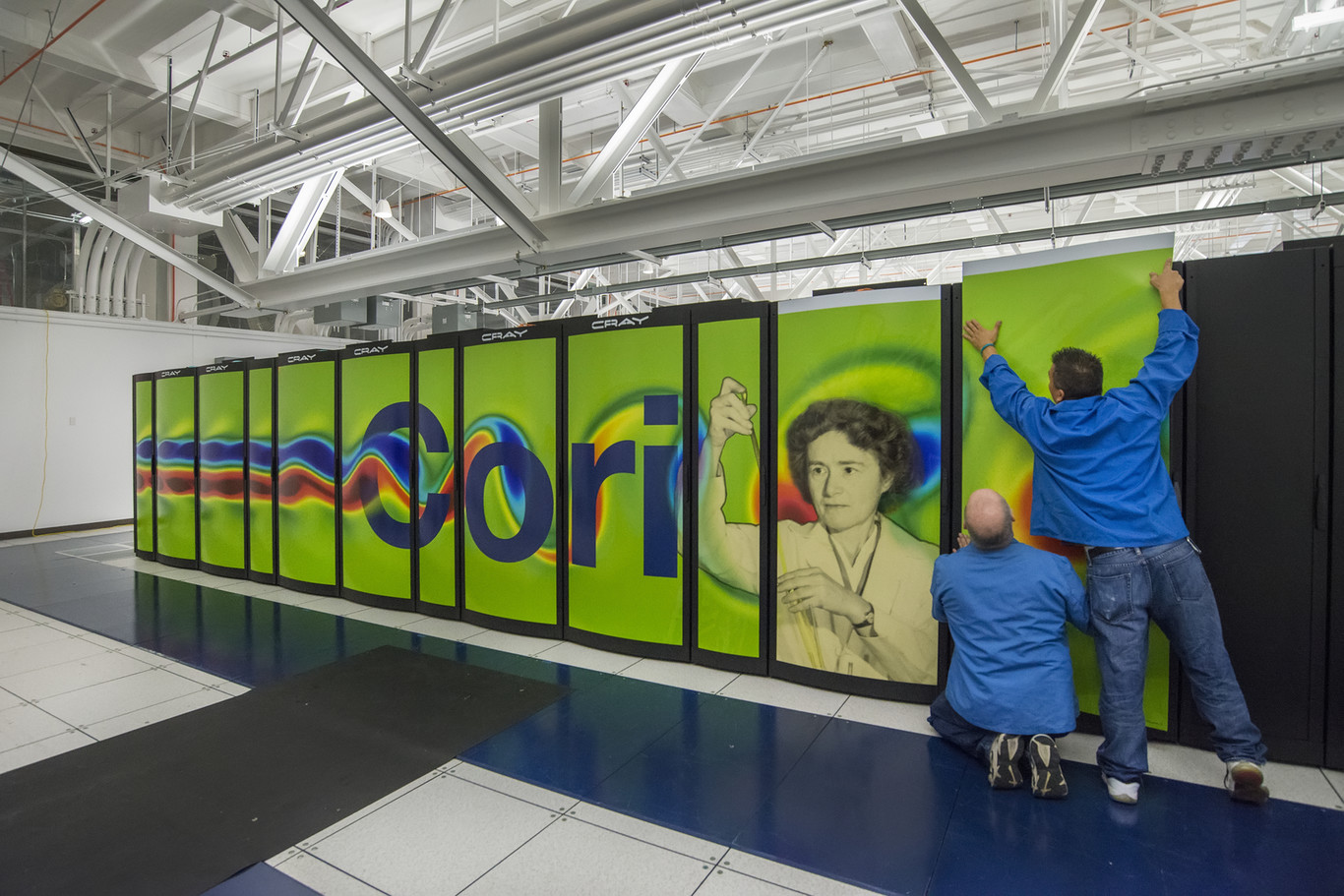
Cori, Cray XC40, Berkeley Lab, US National Energy Research Scientific Computing Center (NERSC) – 622336 cores, 14 petaflops
7 – Trinity
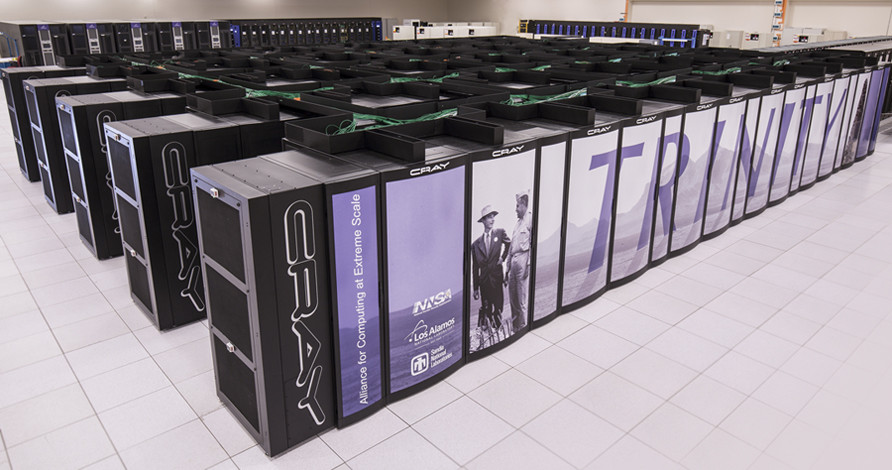
Trinity, Cray XC40, US DOE / NNSA / LANL / SNL – 979968 cores, 14137 petaflops
6- Sequoia
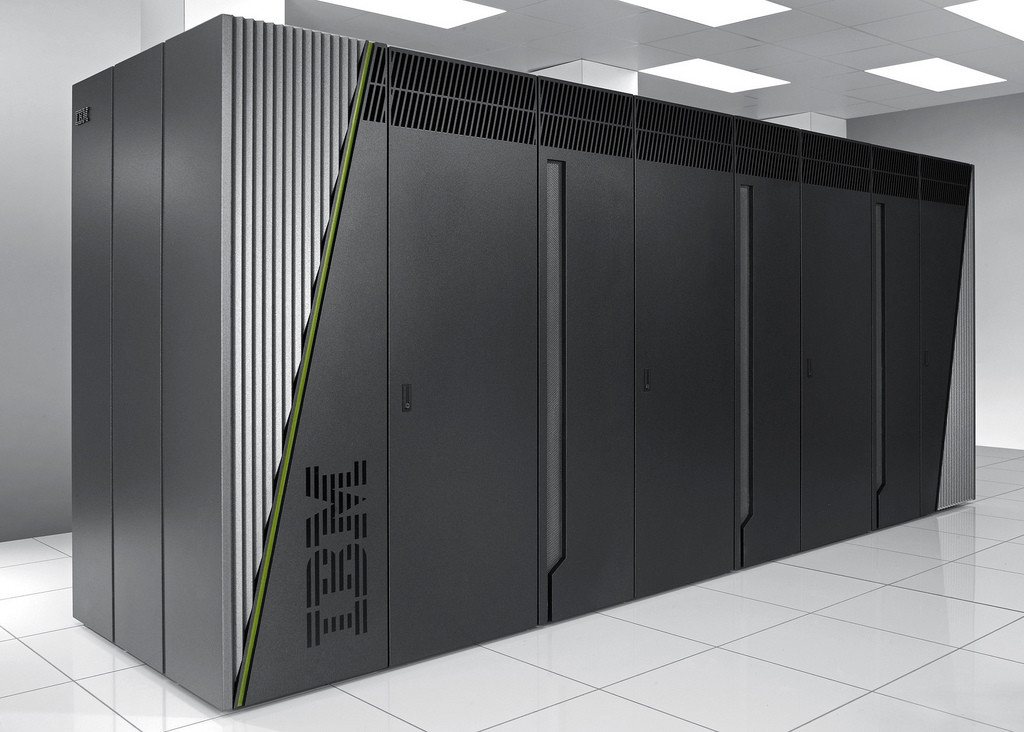
Sequoia, IBM BlueGene / Q system, US Department of Energy, Lawrence Livermore National Lab, California – 1.57 million cores, 17.173 teraflops
5 – Titan
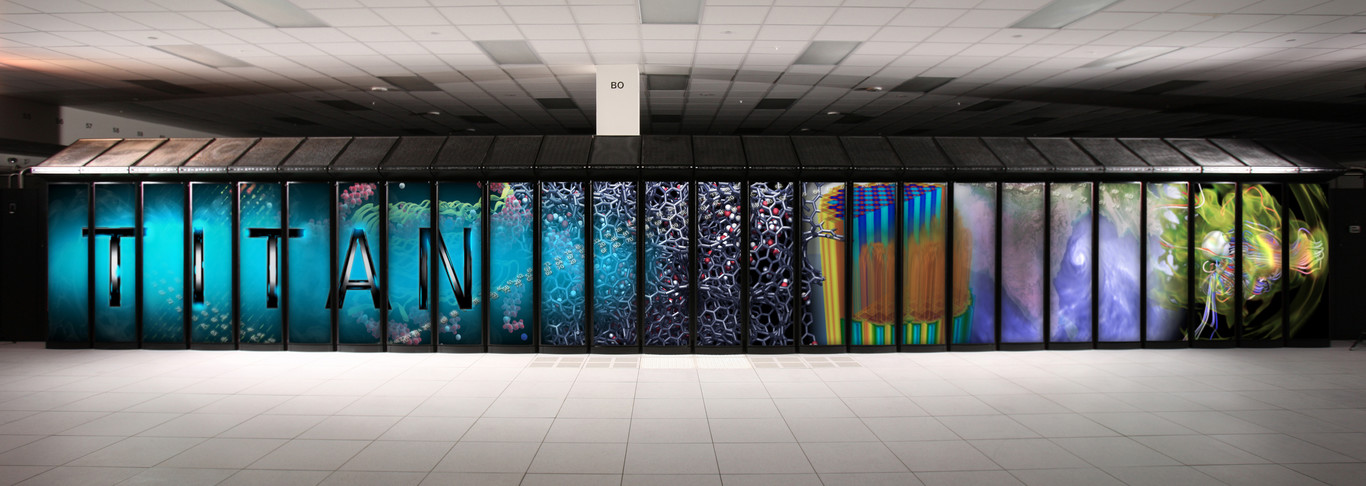
Titan, Cray XK7 system, US Department of Energy, Oak Ridge National Laboratory – 17.59 petaflops
4 – Gyoukou

Gyoukou, ZettaScaler-2.2 HPC system, Japan Agency for Marine-Earth Science and Technology – 19860000 cores, 19135 petaflops
3 – Piz Daint
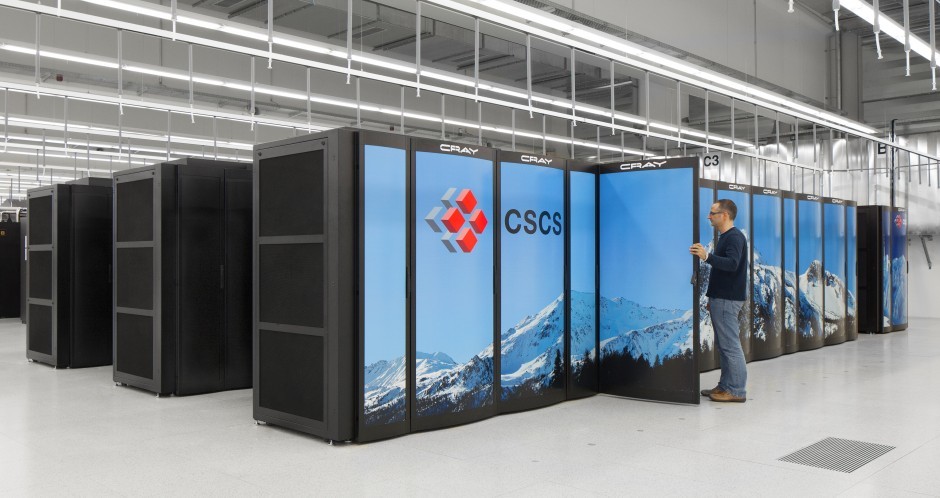
Piz Daint, Cray XC30 with 116k Xeon and Nvidia cores, Swiss National Computing Center (CSCS) in Switzerland – 361760 cores, 19.59 petaflops
2 – Tianhe-2

Tianhe-2, TH-IVB-FEP Cluster, National Super Computer Center in Guangzhou, China – 3.12 million cores, 33.86 petaflops
1 – TaihuLight

TaihuLight, Sunway MPP, SW26010, National Supercomputing Center, Wuxi, China – 10.6 million cores, 93.01 petaflops
